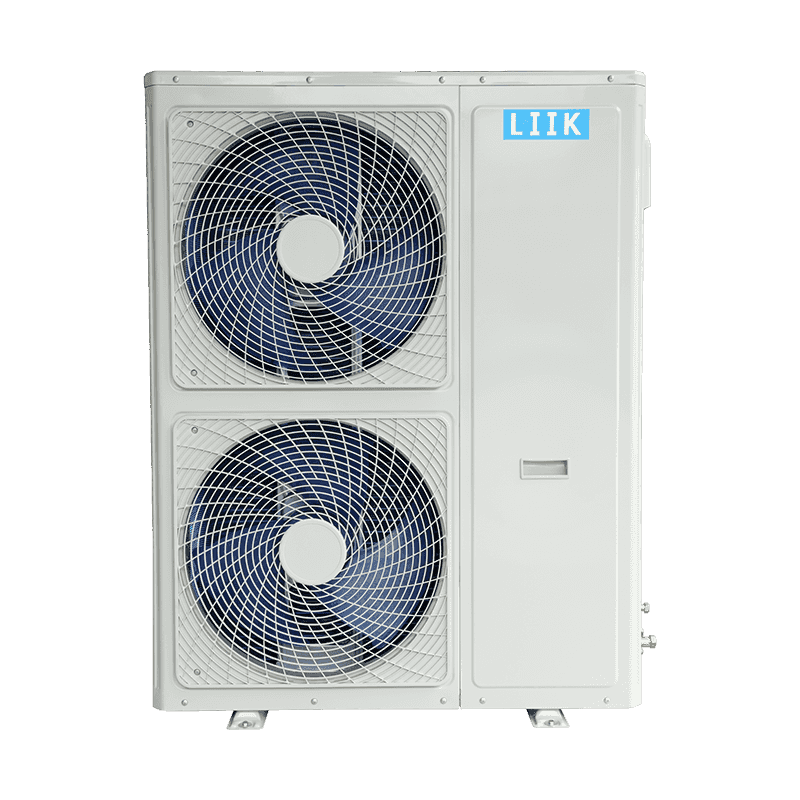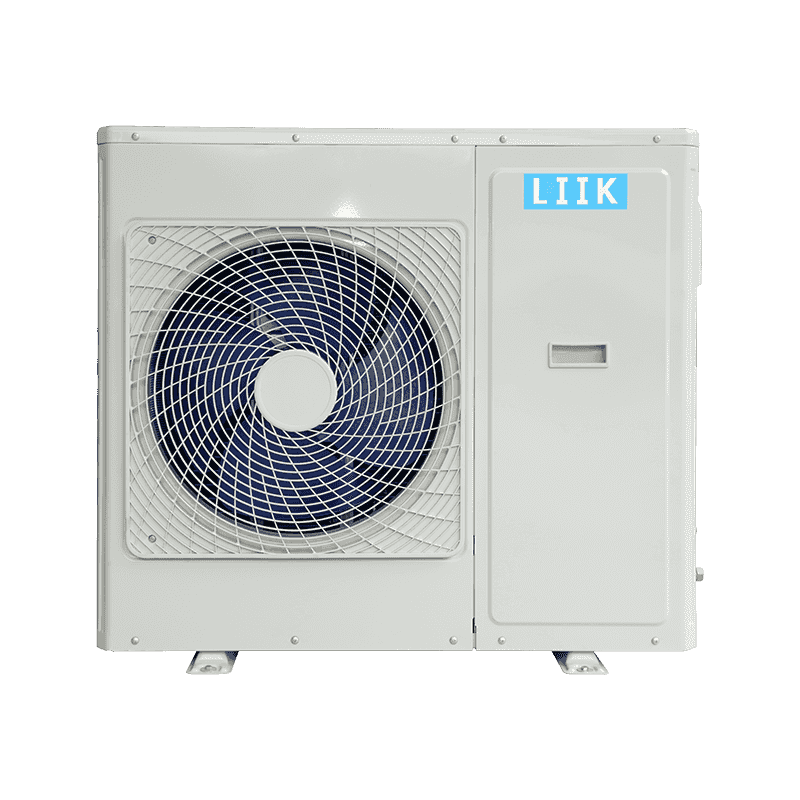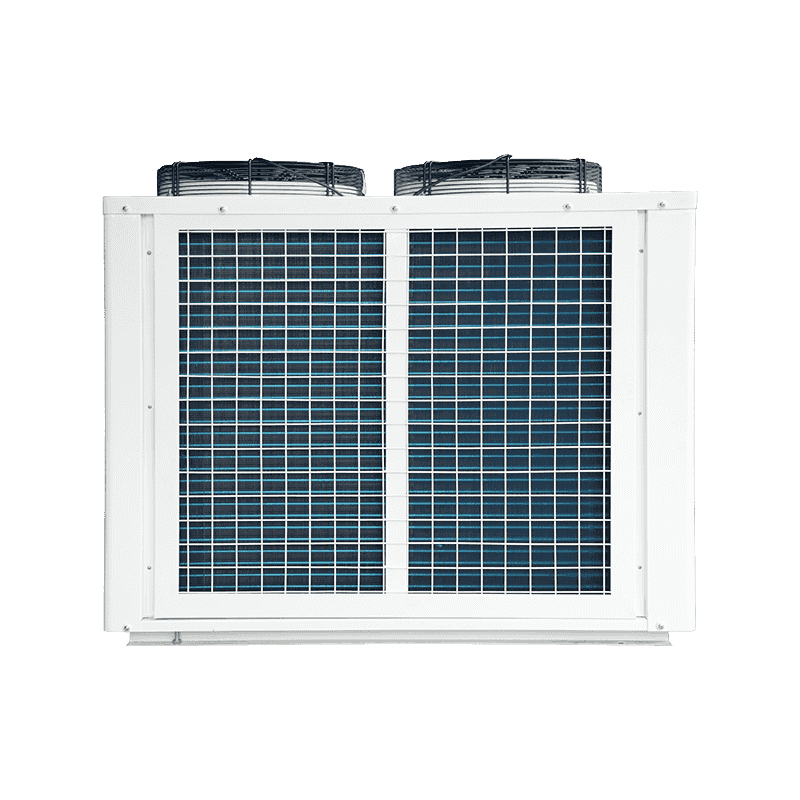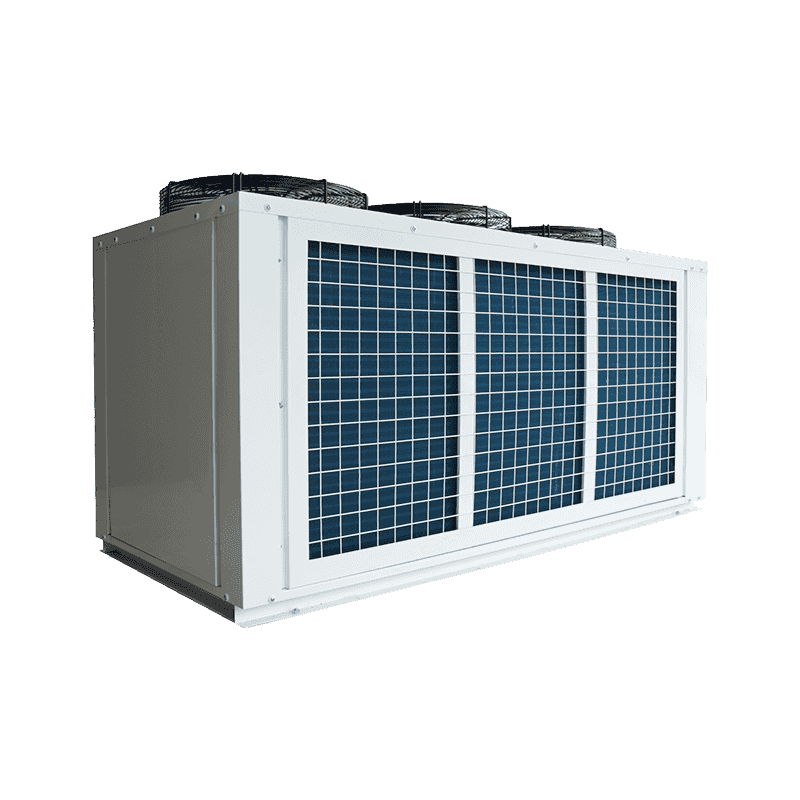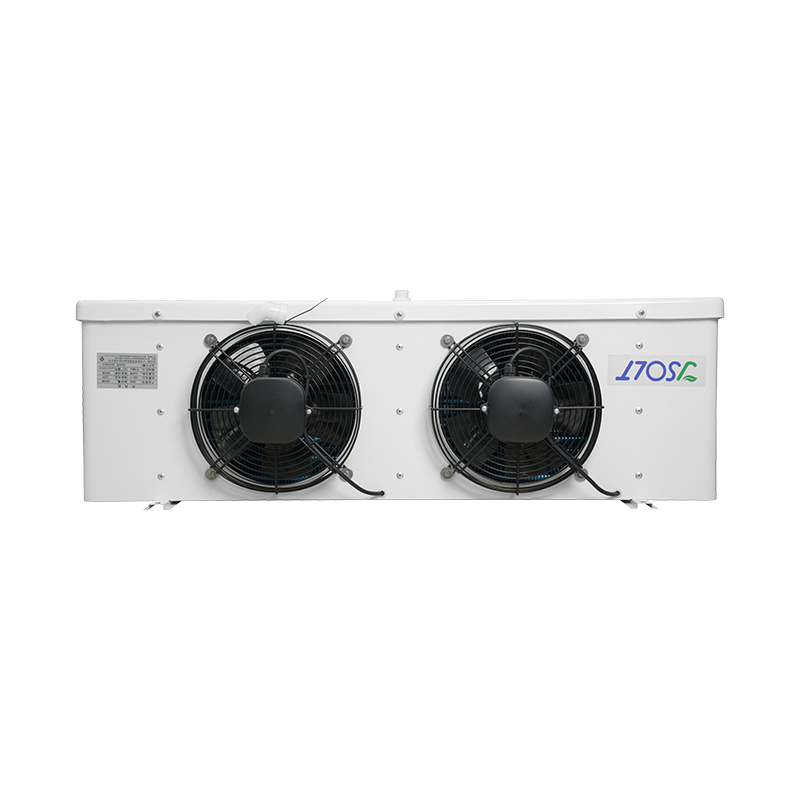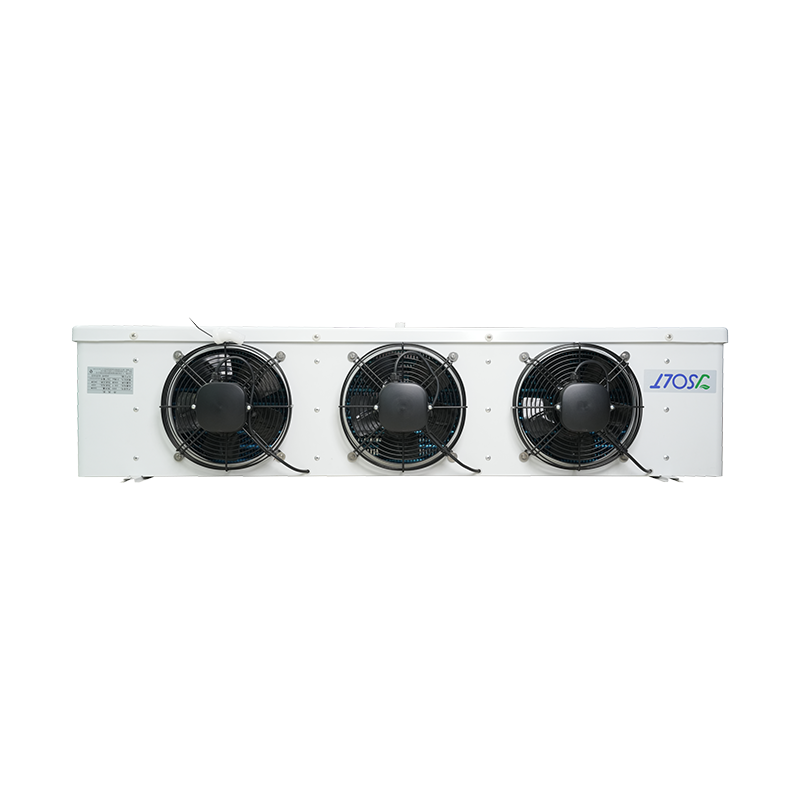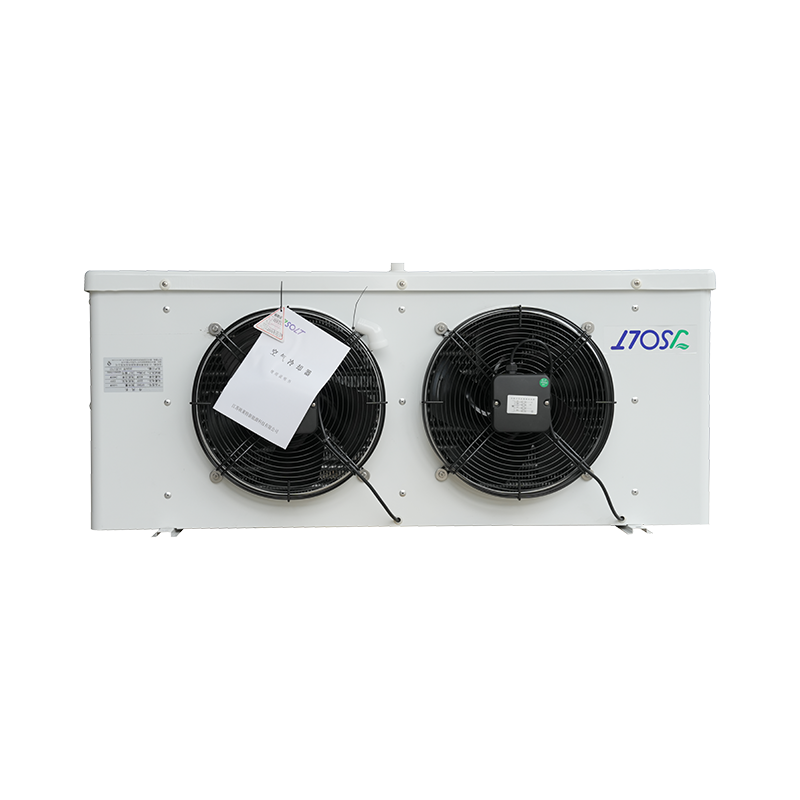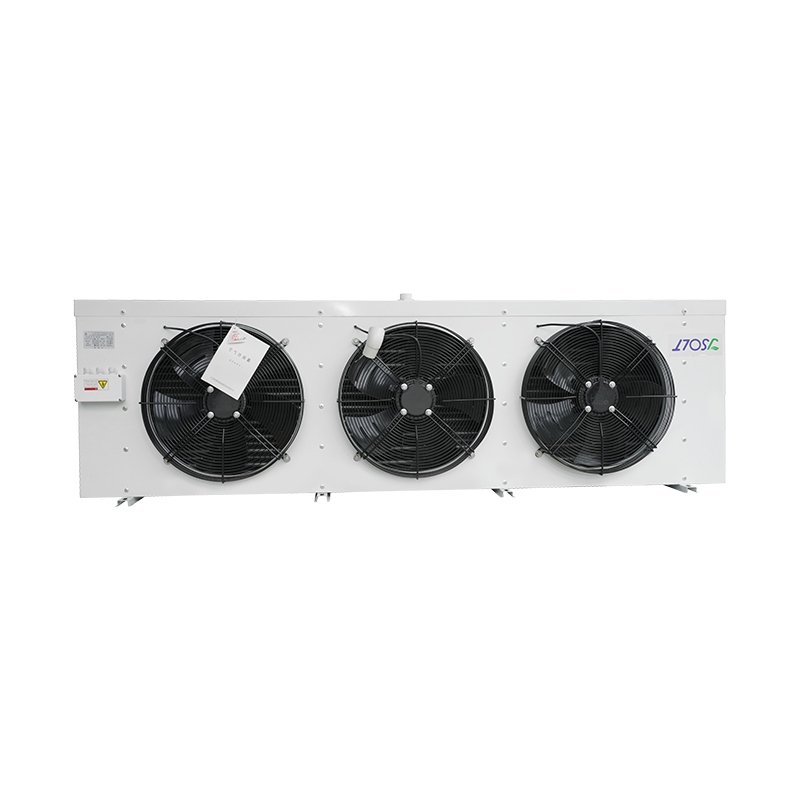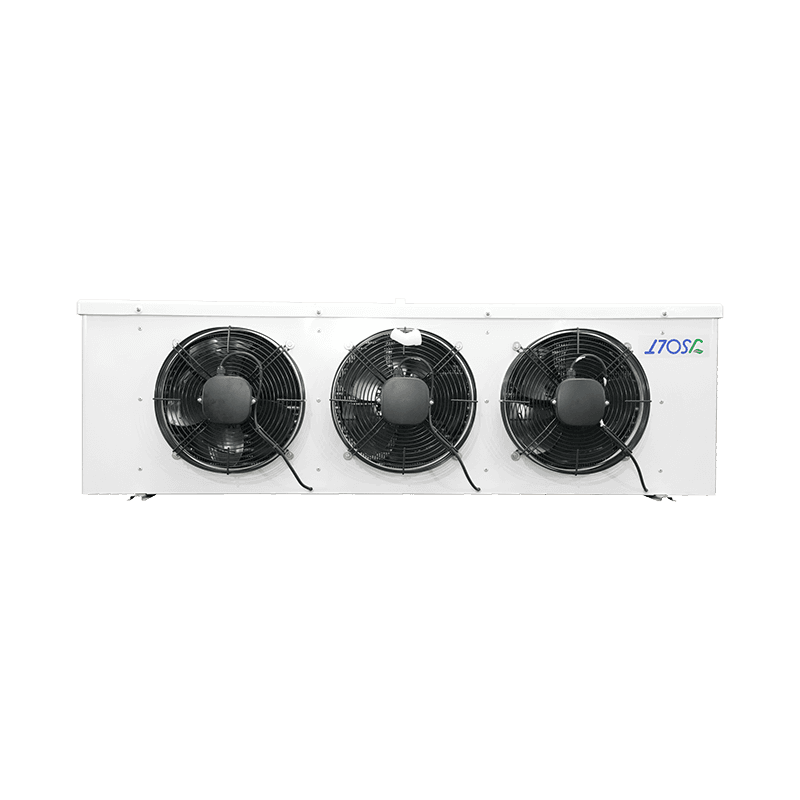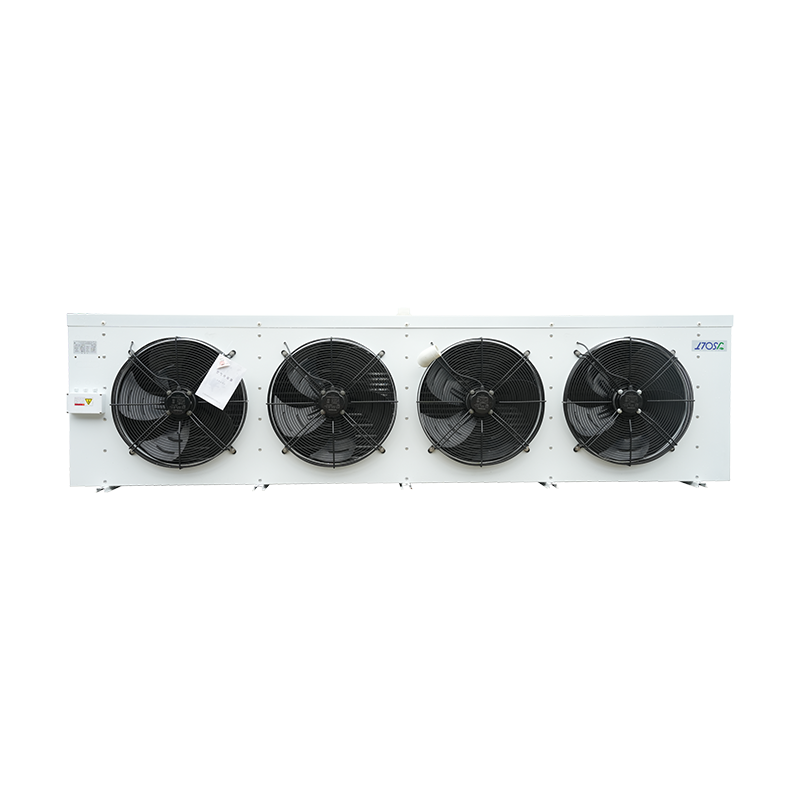Tìm kiếm sản phẩm
Ngôn ngữ
Thoát Menu
Danh mục sản phẩm
chuyên mục tin tức
BÀI ĐĂNG GẦN ĐÂY
-
Làm thế nào để xử lý nhanh chóng tình trạng rò rỉ hoặc đóng băng chất làm lạnh trong Hệ thống lạnh?
Dec 05,2025 -
Các vấn đề về tiếng ồn và độ rung mà thiết bị ngưng tụ máy nén công suất cao tạo ra là gì?
Nov 28,2025 -
Các phương pháp làm mát phổ biến cho thiết bị ngưng tụ máy nén là gì?
Nov 21,2025 -
Máy làm mát không khí có tốt hơn máy điều hòa không?
Nov 14,2025 -
Làm cách nào để biết thiết bị bay hơi AC của tôi có bị lỗi không?
Nov 07,2025
Ice making condensing units are essential components in refrigeration systems, providing the necessary cooling for ice production. A crucial aspect of these systems is the refrigerant used to facilitate the heat exchange process. The type of refrigerant chosen directly impacts the performance, efficiency, and environmental sustainability of the ice making system. Understanding the different refrigerant types and the criteria for their selection is key to optimizing system performance and compliance with regulations.
Types of Refrigerants Used in Ice Making Condensing Units
R-22 (Chlorodifluoromethane)
Historically, R-22 was one of the most common refrigerants used in ice making condensing units due to its efficient heat transfer properties and relatively low cost. However, R-22 is an ozone-depleting substance, and its production has been phased out under the Montreal Protocol. Despite this, many older systems still use R-22, and replacements are often necessary.
R-134a (1,1,1,2-Tetrafluoroethane)
R-134a is a popular alternative to R-22, particularly in systems where ozone depletion is a concern. It has no chlorine content, meaning it does not contribute to ozone depletion, making it a more environmentally friendly option. However, R-134a has a higher global warming potential (GWP) compared to some newer refrigerants.
R-404A (Blend of R-125, R-143a, and R-134a)
R-404A is a commonly used refrigerant in low-temperature refrigeration applications, including ice making units. It provides excellent efficiency and performance under low-temperature conditions, which is ideal for ice production. However, R-404A has a high GWP, prompting a shift toward alternatives with lower environmental impact.
R-507A (Blend of R-125 and R-143a)
Similar to R-404A, R-507A is another blend that offers a low-temperature refrigerant option for ice making applications. It is often considered a suitable replacement for R-404A in systems where energy efficiency and cooling performance are critical. However, like R-404A, R-507A also has a high GWP.
R-290 (Propane)
R-290, or propane, is an increasingly popular natural refrigerant used in commercial refrigeration systems, including ice making condensing units. It has very low environmental impact due to its low GWP and zero ozone depletion potential. R-290 offers excellent thermodynamic properties and energy efficiency, making it an attractive option for businesses seeking eco-friendly alternatives. However, due to its flammability, safety precautions must be taken when using R-290.
R-744 (Carbon Dioxide, CO2)
R-744, or CO2, is a natural refrigerant that is gaining popularity in refrigeration systems, including ice making units, due to its very low GWP and safety profile. CO2 operates at high pressure, which can make systems more complex to design, but it is an environmentally friendly choice that is becoming more widely used in industries seeking to minimize their carbon footprint.
R-1234yf (2,3,3,3-Tetrafluoropropene)
R-1234yf is a newer, low-GWP refrigerant that has been developed as an alternative to R-134a. It offers similar thermodynamic properties but with a significantly lower environmental impact. While it has not been as widely adopted in ice making applications as some other refrigerants, it is gaining attention due to its potential to meet stringent environmental regulations.
Selection Criteria for Refrigerants in Ice Making Condensing Units
Thermodynamic Properties
The refrigerant must have appropriate thermodynamic properties for the specific application. This includes having the right boiling and condensation temperatures to efficiently remove heat from the ice making process. Good heat transfer characteristics are essential to ensure that the condensing unit operates effectively at low temperatures.
Energy Efficiency
The efficiency of the refrigerant impacts the overall energy consumption of the system. Energy-efficient refrigerants help minimize operational costs and reduce the carbon footprint of the system. For ice making units, selecting a refrigerant that provides optimal performance without excessive energy consumption is key to long-term operational savings.
Environmental Impact
Environmental sustainability is a critical factor in refrigerant selection. Refrigerants with a low global warming potential (GWP) and no ozone depletion potential (ODP) are increasingly preferred as regulations around climate change tighten. Natural refrigerants like CO2 and R-290 are gaining traction due to their minimal environmental impact.
Safety Considerations
The safety of the refrigerant is an essential consideration, particularly in commercial and industrial settings. Flammability, toxicity, and pressure levels must be taken into account when choosing a refrigerant. For instance, R-290 (propane) is flammable and requires proper safety protocols, while CO2 operates at high pressure, necessitating stronger equipment and design precautions.
Cost and Availability
The cost of the refrigerant, along with its availability, plays a role in the selection process. While some newer, eco-friendly refrigerants may offer long-term cost savings in energy efficiency, they may also be more expensive upfront. The availability of the refrigerant in the local market also impacts the decision, as supply chain issues can influence operational continuity.
System Compatibility
The refrigerant must be compatible with the components of the ice making condensing unit. This includes ensuring the refrigerant works well with the compressor, evaporator, condenser, and other system components. Compatibility also includes ensuring that the refrigerant works within the temperature range required for efficient ice production.
Regulatory Compliance
Many regions have regulations that govern the use of refrigerants based on their environmental impact. It is important to choose a refrigerant that complies with local and international standards, such as the Montreal Protocol and the Kigali Amendment, which aim to phase out high-GWP refrigerants and reduce ozone-depleting substances.
←
Các thành phần chính của Thiết bị bay hơi dòng FHVT là gì?
→
Các tính năng thiết kế của thiết bị bay hơi FHKT nhỏ gọn là gì?
sản phẩm liên quan

-
 224 Đường Yongping, Công viên Doanh nghiệp Khoa học và Công nghệ, Quận Gaogang, Thành phố Thái Châu, Tỉnh Giang Tô
224 Đường Yongping, Công viên Doanh nghiệp Khoa học và Công nghệ, Quận Gaogang, Thành phố Thái Châu, Tỉnh Giang Tô  +86-18082061600
+86-18082061600 / [email protected]
/ [email protected]
Copyright © 2024 Công ty TNHH Sản xuất Thiết bị Điện lạnh Tốt nhất Thái Châu All Rights Reserved. Nhà sản xuất thiết bị lạnh Nhà máy thiết bị điện lạnh tùy chỉnh



 VN
VN
